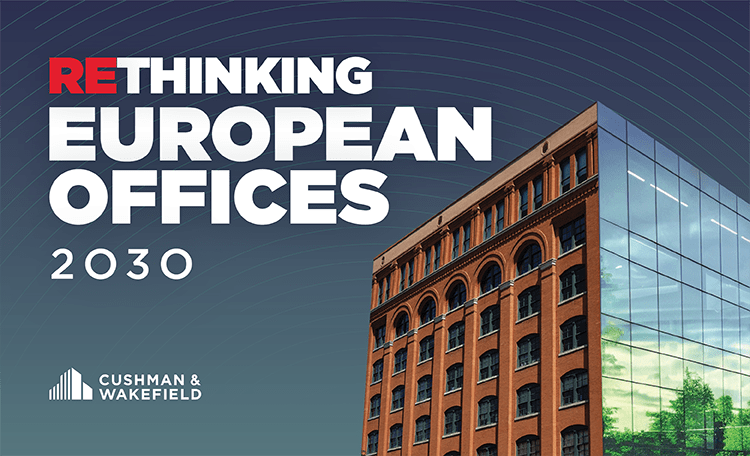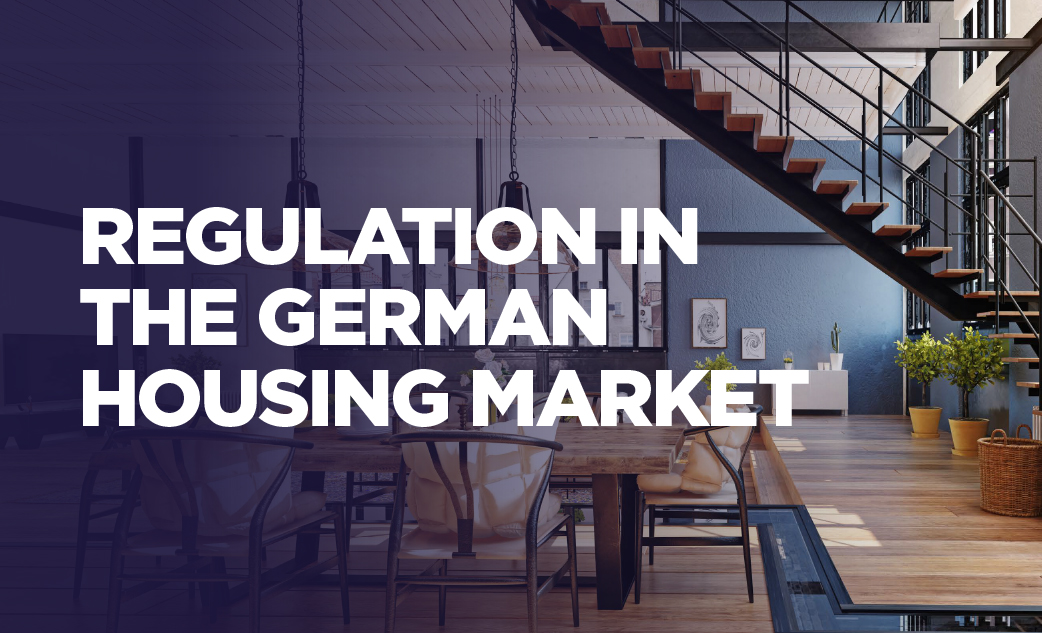According to research by international real estate consultancy Cushman & Wakefield (C&W), a transaction volume of around EUR 18.2 billion was achieved in the German commercial real estate investment market in Q1 2022. This was the strongest start to the year in ten years and is almost twice as high as the previous year's figure of EUR 9.5 billion. The ten-year average was exceeded by 77 percent and the five-year average by 44 percent.
Corporate investments dominate market activity
Large corporate takeovers provided strong transaction activity impetus in the first quarter, including the takeover of alstria office REIT-AG by Brookfield Asset Management with a volume of more than EUR 4 billion. Together with the majority takeover of VIB Vermögen by DIC Asset AG and the participation of CPI Property Group in Immofinanz AG, more than 30 per cent of the transaction volume was generated by takeovers. Overall, the weighting of acquisitions and portfolio transactions, with a market contribution of 45 percent, was again similar to that in the first quarter of 2020 and thus to pre-pandemic levels.
Even away from platform acquisitions, investment activity was significantly livelier compared to Q1 2021. The volume of single-property transactions rose by almost 40 per cent to over EUR 9.8 billion. By far the largest landmark transaction here was the sale of the Marienturm in Frankfurt for over EUR 800 million to DWS for the Korean sovereign wealth fund NPS. The Olympia Business Center in Munich, which was sold to Athos for around EUR 300 million, followed at a considerable distance.
Prime yields remain low
The average prime yield for office properties in the top-7 locations is currently 2.74 per cent, 13 basis points below last year's level. Munich remains the most expensive (2.50 per cent), followed by Berlin and Frankfurt, both at 2.60 per cent. Only in Düsseldorf did the prime yield rise slightly, by 10 basis points to 2.90 per cent.
For logistics properties, the average prime yield in the top-7 is 3.01 per cent, which corresponds to a compression of 33 basis points compared to the previous year. The average for commercial properties in the top-7 locations is currently 3.46 per cent, 27 basis points below the value for the first quarter of 2021. Here, too, the most expensive market is Munich at 3.00 per cent, followed by Berlin at 3.40 per cent.
Financing environment shaping the market
Rising financing costs are currently one of the most important topics on the real estate investment market. Alexander Kropf, Head of Capital Markets at Cushman & Wakefield in Germany, comments: "In recent weeks, the financing landscape has changed significantly due to increased capital costs for real estate, so that in some bidding processes, initially indicated purchase prices fail to be achieved. On the other hand, investors’ liquidity and investment pressure remains high and rising inflation emphasises the attractiveness of tangible assets such as real estate. Demand is therefore likely to shift further towards core product, while slightly rising yields are conceivable again in future for more opportunistic assets."
Office segment market share over 50 percent
Office properties remained the most sought-after asset class among investors in Q1 2022, which is reflected in their transaction volume of more than EUR 9.5 billion and market share of 52 per cent. The focus here continues to be on location criteria, a good occupancy rate and long lease terms, as well as increasingly on ESG criteria. Since the second half of 2021, developers in particular have seen positive signals in the office letting markets and opportunities for development projects. They have accordingly secured land or refurbishment properties, such as Soravia’s purchase of the Alliance data centre in Unterföhring near Munich for over EUR 100 million.
In second place, as in the first quarter of 2021, are industrial properties with a volume of more than EUR 3.8 billion. This corresponds to a market share of 21 per cent and a year-on-year increase of almost 100 per cent. Portfolio sales in particular contributed to this. For example, with its acquisition of a stake in VIB Vermögen, DIC also took over numerous logistics facilities.
Retail properties accounted for around 12 per cent of total real estate transaction volume; a good EUR 2.2 billion. Compared to the same quarter last year, this was an increase of more than 75 per cent or almost EUR 1 billion. Investors continue to be interested in local grocery-based retail and retail parks. Opportunistic investors are occasionally active in the acquisition of shopping centres with high vacancy rates, such as the acquisition of the Blautal Center in Ulm by HLG Real Estate.
Hotel transactions only contributed 1.9 percent of the total. Compared to the equivalent period last year, this represents a fall of around 15 percent, to some EUR 350 million.
International capital triples
International buyers contributed almost half of transaction volume in the first quarter, around 9 billion euros, which corresponds to three times the level of the same period last year. Both the largest portfolio deal, the takeover of alstria by Brookfield, and the largest single-property transaction, the sale of the Marienturm, saw foreign capital on the buyer side, a clear sign of renewed global interest in German commercial real estate assets.
Frankfurt tops transaction volume table
Around EUR 9.7 billion was invested in the top-7 markets in the first quarter of 2022, which corresponds to 53 percent of the national total. Compared to last year, an increase of more than 140 percent. This figure was significantly boosted by the takeover of alstria, which has a large part of its portfolio in the seven German real estate strongholds, alone contributing, almost 40 percent of transaction volume in the top-7 locations.
Frankfurt led the ranking in the first quarter with a transaction volume of almost EUR 2.2 billion. Followed by Berlin with EUR 1.85 billion, Hamburg with EUR 1.76 billion, Düsseldorf with EUR 1.5 billion and Munich with around EUR 1 billion. Cologne and Stuttgart remained below the EUR 1 billion mark, at EUR 0.8 billion and EUR 0.6 billion respectively. Last year's figures were exceeded significantly in all of the top-7 markets.
Well-filled pipeline should ensure continued active market activity
C&W expects a high level of enthusiasm for real estate investments over the remainder of the year. However, it is still unclear how rising financing costs and the threat of an economic slowdown in connection with the war in Ukraine will affect individual investment decisions. On the other hand, the rental markets are developing positively, especially in the office and logistics segments, so that C&W remains optimistic about transaction activity.








